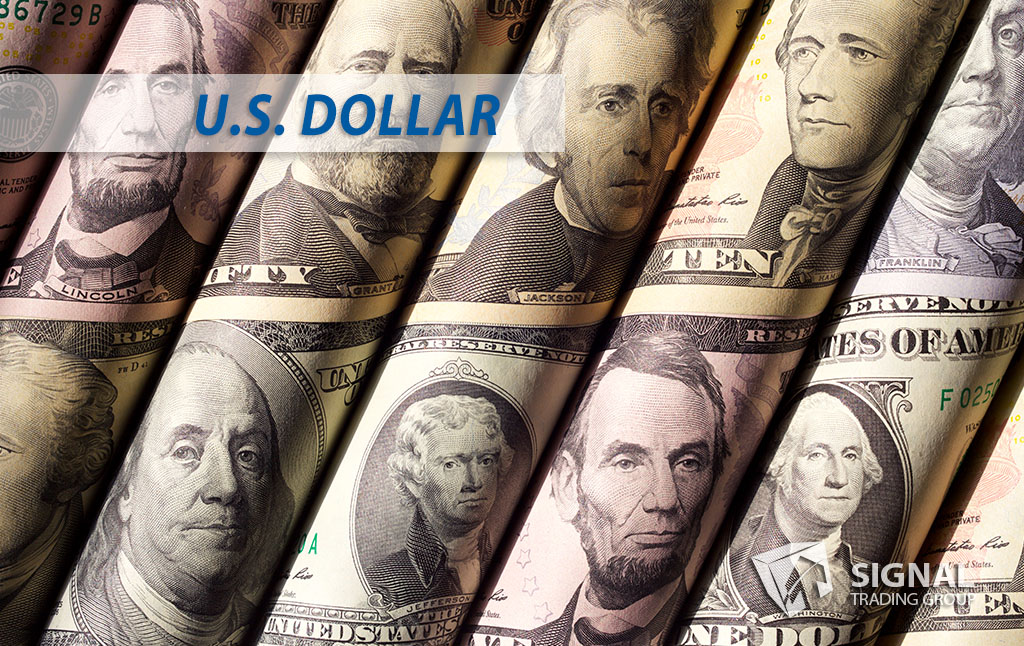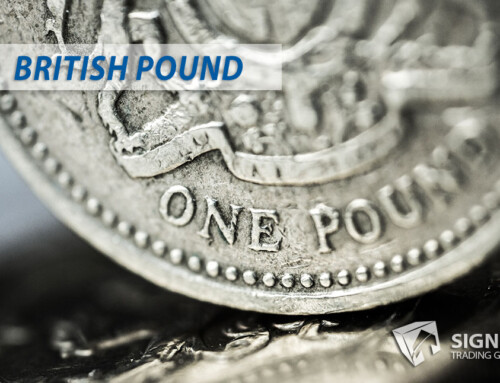The Science of Making a Dollar Bill
Most of us handle dollar bills daily, but only some think about the intricate process of physically creating them. Have you ever wondered what steps are involved, from the design stage to distribution? Let’s look closer at the fascinating science behind making a dollar bill.
Design Stage
The design of a dollar bill plays a crucial role in its overall security and functionality. Therefore, the US Bureau of Engraving and Printing (BEP) considers several important factors when developing new designs for currency, including aesthetics, durability, and counterfeit deterrence. In addition, designs often incorporate unique features, such as famous American portraits, national symbols, and intricate guilloche patterns, which require specialized equipment and knowledge to reproduce accurately.
Materials: Paper and Ink
The paper that most US currency is printed on is unlike any other: it comprises 75% cotton and 25% linen to provide durability, while embedded red and blue security fibers increase counterfeit resistance. The ink used to print on this unique paper is equally remarkable. It contains magnetic, color-shifting, and luminescent elements that deter counterfeiters.
Printing Presses
The printing process involves large, high-speed printing presses that combine intaglio, offset, and letterpress printing. Intaglio printing, the primary method for banknote production, creates raised ink on the bill’s surface by etching a design into a steel plate, which is then coated with ink and pressed onto the paper.
Advanced Security Technologies
As technology improves, the BEP continually incorporates new advances into the dollar bill’s design to maintain its integrity against counterfeiters. Some notable security features include:
- Color-shifting ink: The dollar bill’s denomination numeral changes color when viewed from different angles.
- Watermarks: Faint, hidden images appear when the bill is held up to the light.
- Security threads: Thin, vertical plastic strips embedded within the paper become fluorescent when viewed under UV light.
- Microprinting: Tiny, visible text that is difficult for counterfeiters to reproduce accurately.
Quality Control Checks
Each batch of printed bills is subjected to rigorous quality control checks to meet specific technical and aesthetic requirements. Automated machines scan and analyze bills for printing defects, misalignments, and other imperfections. Bills that don’t pass these tests are rejected and destroyed, while the approved ones move on to be cut, packaged, and ultimately distributed to national banks.
Evolution of the Dollar Bill
The design and materials used in dollar bills have evolved considerably. While past iterations of US currency were made from various materials, including silk and animal skin, the modern paper blend has remained relatively consistent since the early 1900s. In addition, technological innovations have incorporated additional security features, such as holograms, security threads, and machine-readable features, which are expected to continue evolving as technology advances.
The Future of Dollar Bill Production
The future of currency production will likely involve an increased focus on security and sustainability. For example, biometric security features like fingerprint recognition may become commonplace. Meanwhile, the industry is also exploring alternative paper materials, like nano cellulose or synthetic substrates, to create an even more durable and eco-friendly product.
The next time you look at a dollar bill, take a moment to appreciate the intricate design and manufacturing process that went into its creation. From the complex printing techniques to the advanced security features, it’s easy to see why the US dollar remains one of the world’s most trusted and reliable currencies.





